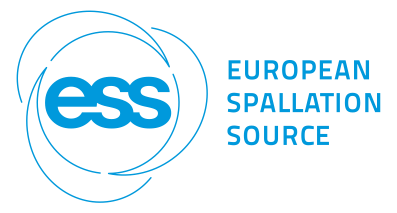Speaker
Prof.
Hiroshi TAKAHASHI
(Biophysics Laboratory, Gunma University, JAPAN)
Description
Various effects of heavy water (D2O) on life processes have been reported since the discovery of D2O. Heavy water decreases the growth rates of some bacteria and retards the circadian rhythm of some animals. High concentrations of D2O are believed to be toxic for most mammals. Detailed molecular mechanisms in these effects, however, have still remained unknown. Several physicochemical properties of D2O slightly differ from those of H2O. In order to understand the heavy water effect on living things at a molecular level, it is indispensable to clarify the molecular interaction between D2O and biological molecules.
Experimental studies on the stability of proteins in D2O have suggested that D2O alters hydrophobic interactions in proteins [1]. In addition, D2O-H2O isotope effect has been also observed in lipid bilayer membrane systems. The substitute of H2O by D2O clearly alters the phase transition temperatures of lipid systems. On the other hand, the substitute of H2O by D2O causes a relatively small alternation on the structures of lipid systems. For example, the lamellar repeat distance of dipalmitoylphosphatidylcholine (DPPC) multilamellar vesicles in D2O has been reported to be only about 0.1 nm smaller than that in H2O. Recently we have found D2O-induced relatively large changes in the lattice constants of bicontinuous cubic phases of hydrated monoolein (MO) systems [2].
In the present study, by using a simple model proposed by Garstecki and Hołyst [3], we analyzed X-ray diffraction data of Pn3m bicontinuous cubic phase of MO in D2O and H2O in order to estimate the thickness of a MO bilayer in the cubic phase. Our analysis showed that D2O reduces the interfacial area of MO, by assuming that the replacement of H2O with D2O does not change the molecular volume of MO.
[1] Y. Cho, L. B. Sagle, S. Iimura, Y. Zhang, J. Kherb, A. Chilkoti, J. M. Scholtz, P. S. Cremer, *J. Am. Chem. Soc.* **2012** , 131,15188
[2] H. Takahashi, K. Jojiki, *Chem. Lett*. **2012**, 41, 1101.
[3] P. Garstecki, R. Hołyst, *Langmuir*, **2002**, 18, 2519.
Author
Prof.
Hiroshi TAKAHASHI
(Biophysics Laboratory, Gunma University, JAPAN)
